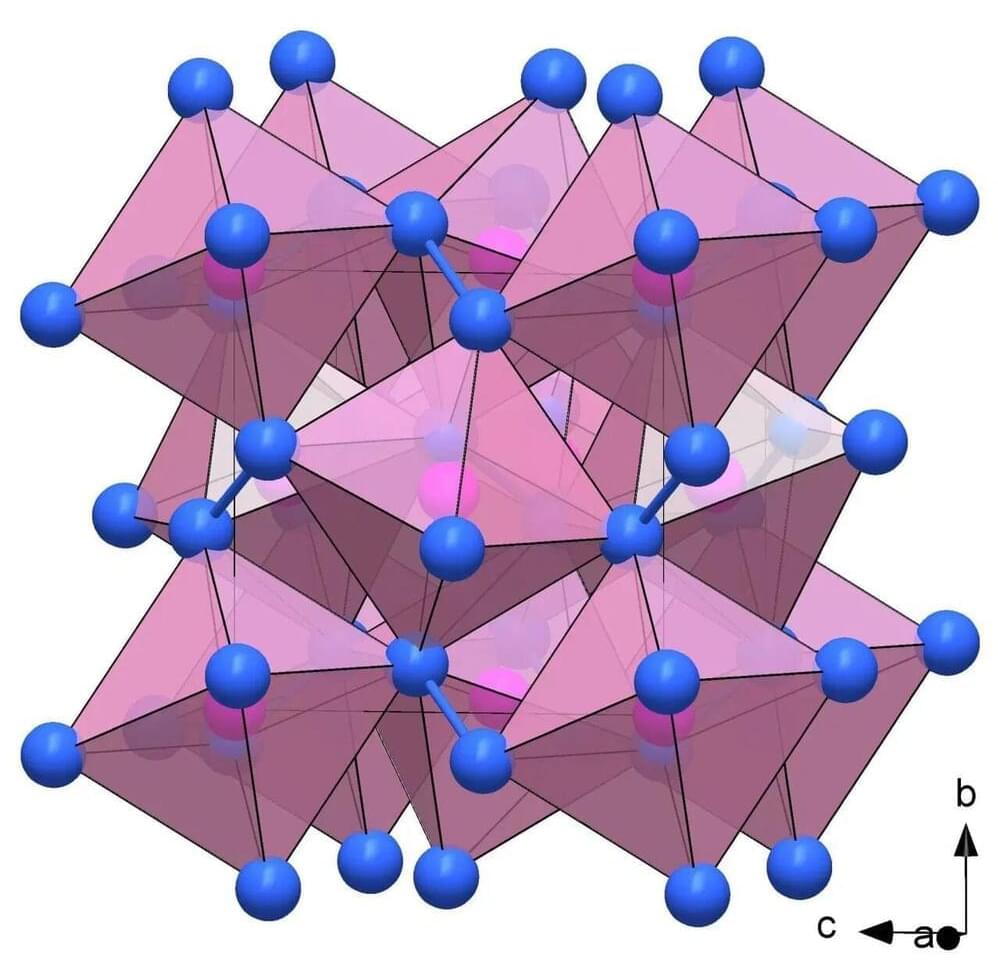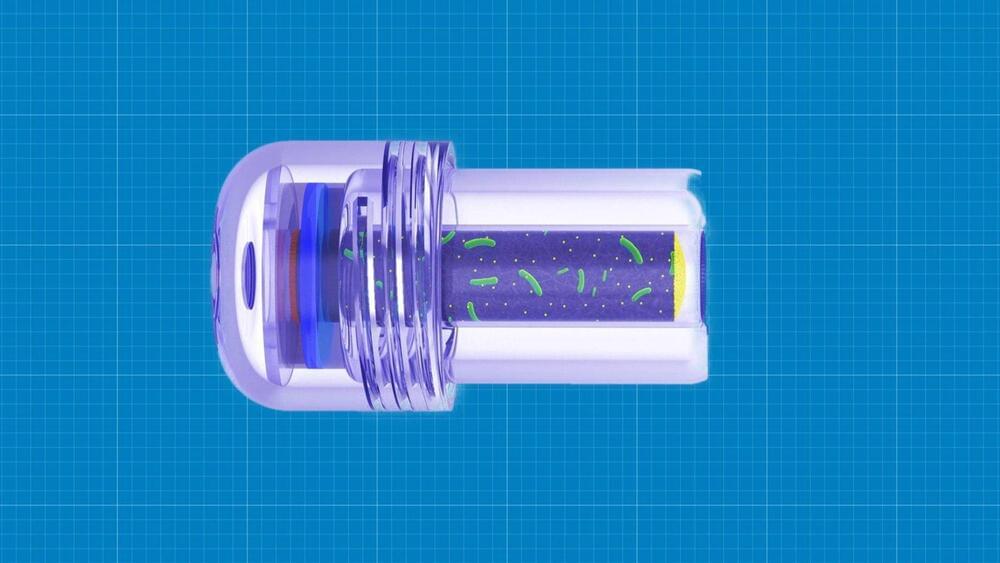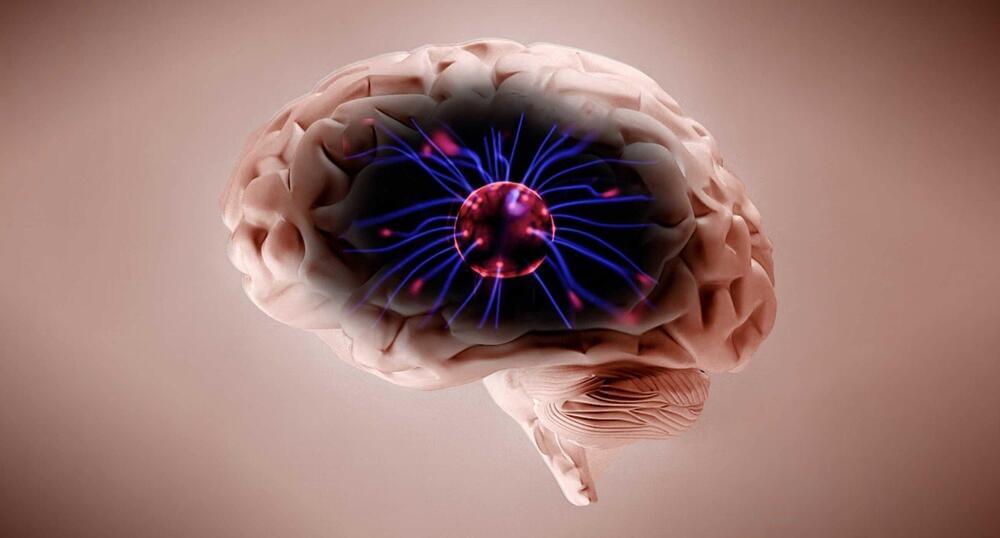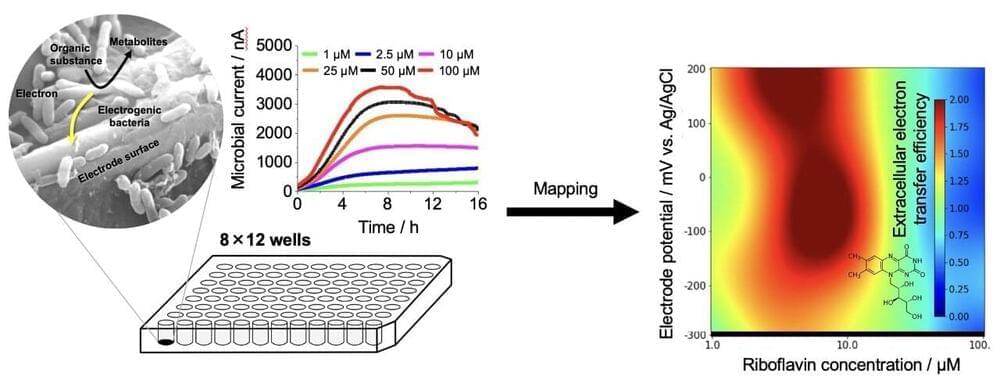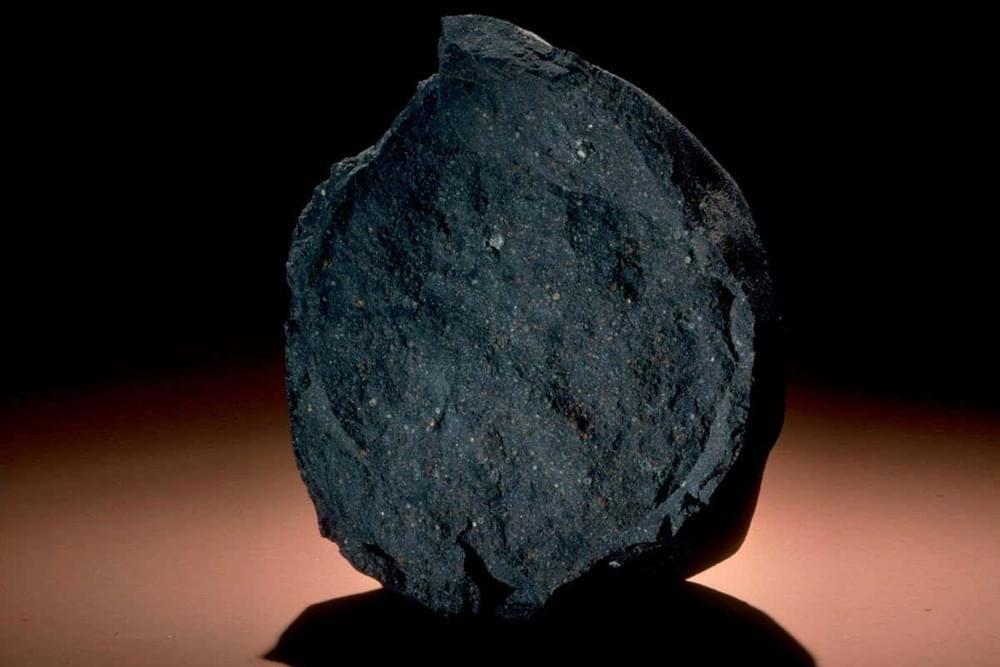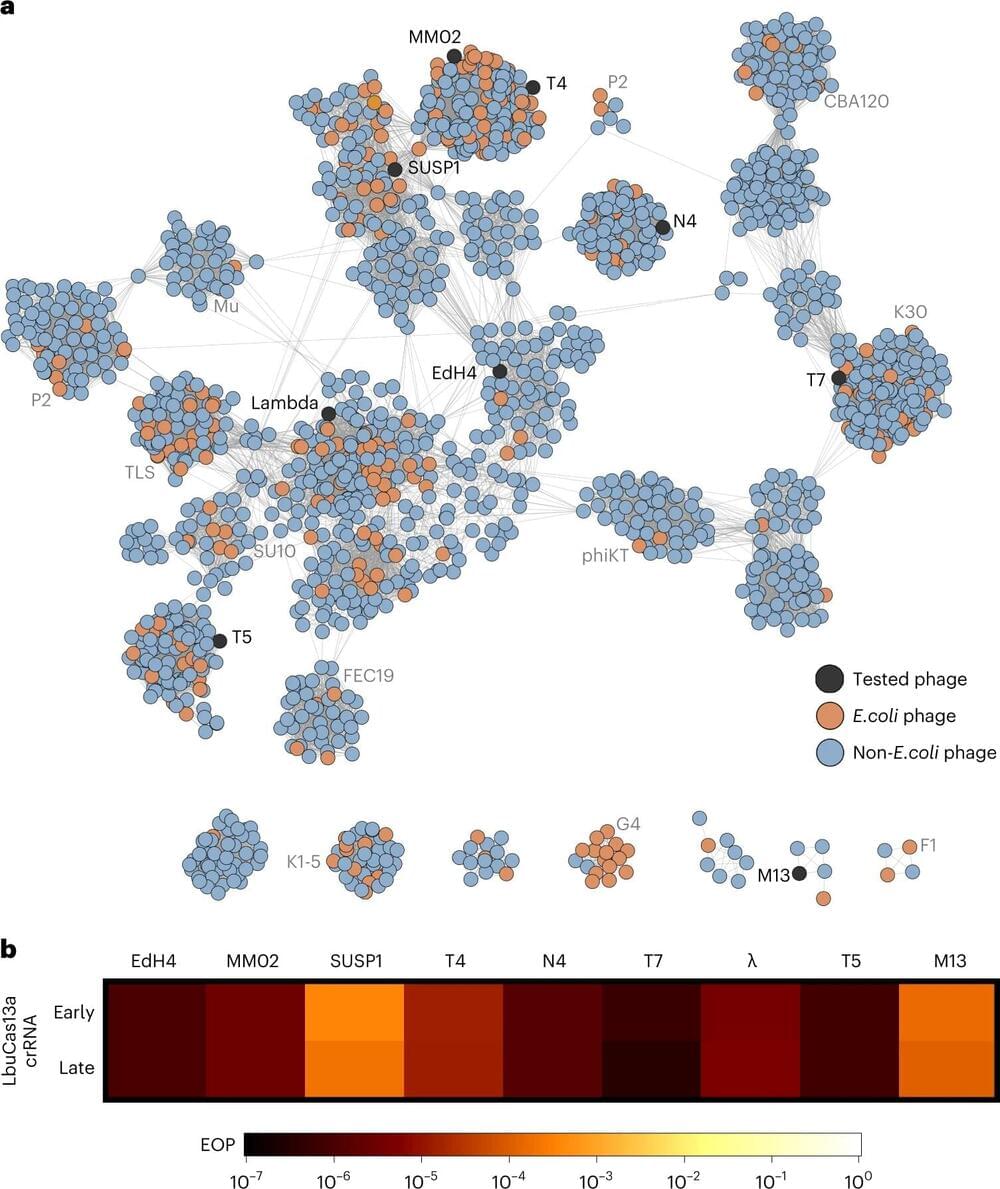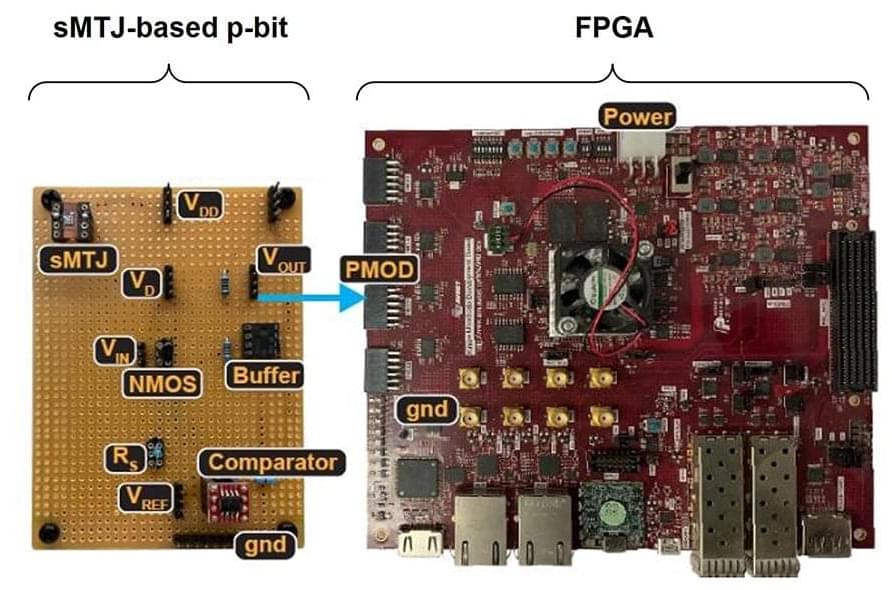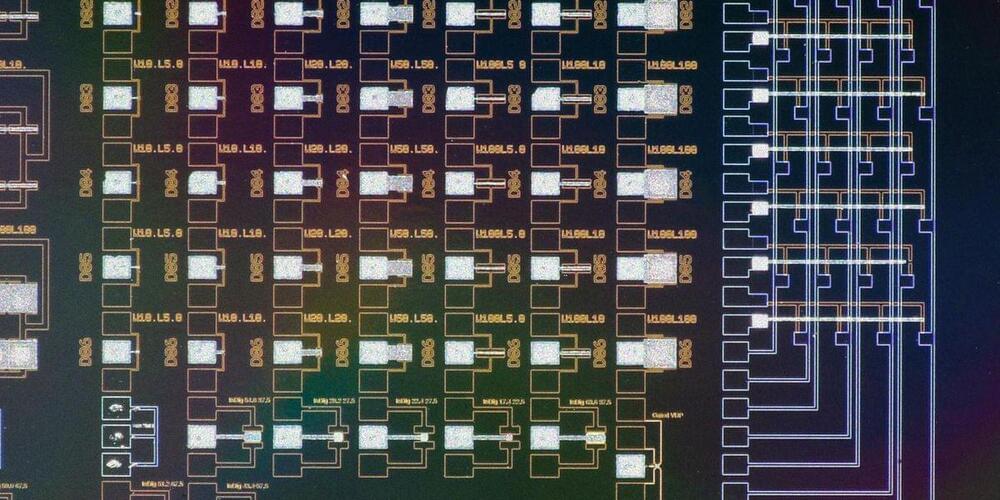Non-metal nitrides are compounds in which nitrogen and non-metallic elements are linked by covalent bonds. Because of their technologically interesting properties, they have increasingly become the focus of materials research. In Chemistry—A European Journal, an international team with researchers from the University of Bayreuth presents previously unknown phosphorus-nitrogen compounds synthesized under very high pressures.
They contain structural units whose existence could not be empirically proven before. The study exemplifies the great, as yet untapped potential of high-pressure research for nitrogen chemistry.
The researchers succeeded in synthesizing a previously unknown modification of the phosphorus nitride P₃N₅, the polymorph δ-P₃N₅, at a pressure of 72 gigapascals. At 134 gigapascals, the phosphorus nitride PN₂ formed in the diamond anvil cell. Both compounds are classified as ultra-incompressible materials with the bulk moduli above 320 GPa.
